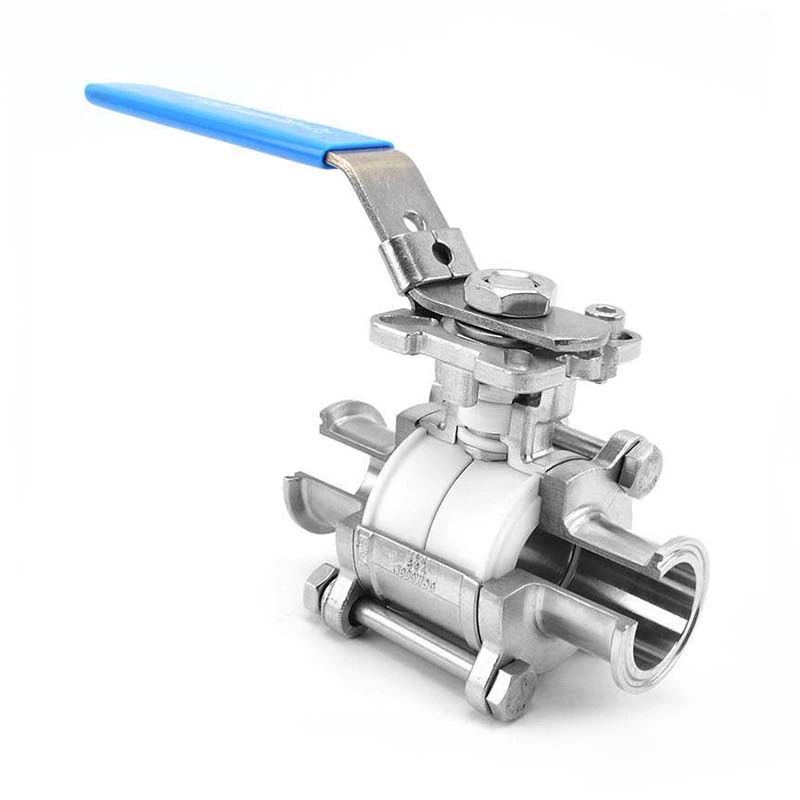What Are The Operational Requirements For Storage Of Fluorine-lined Ball Valves?
Sanitary Ball Valve During transportation or installation, the rope must not be tied to the handwheel, valve stem or screw, and it is strictly forbidden to collide with metal or hard objects to prevent damage to parts and lining layers. So what are the operating requirements for the storage of fluorine-lined ball valves?
The operating requirements for the storage of fluorine-lined ball valves are as follows:
1. The valves stored and kept should be recorded, and the record content: valve name, model, specification, number, quantity, storage date, etc.
2. When storing fluorine-lined valves, they should be placed in a dry room, avoid open sun and rain, avoid stacking near heat sources, and prevent aging and deformation of fluoroplastics.
3. The sealing surfaces of the fluoroplastic flanges at both ends should have protective covers, and the sealing surfaces should not be scratched. When stacking, the sealing surfaces of the flanges at both ends should be avoided from being compressed.
The structure of the fluorine-lined ball valve is a full-bore floating ball type (two-stage type) and a full-bore fixed ball type (three-stage type). It is mainly used to cut off or connect corrosive media in pipelines, and can be used for fluid regulation and control.
